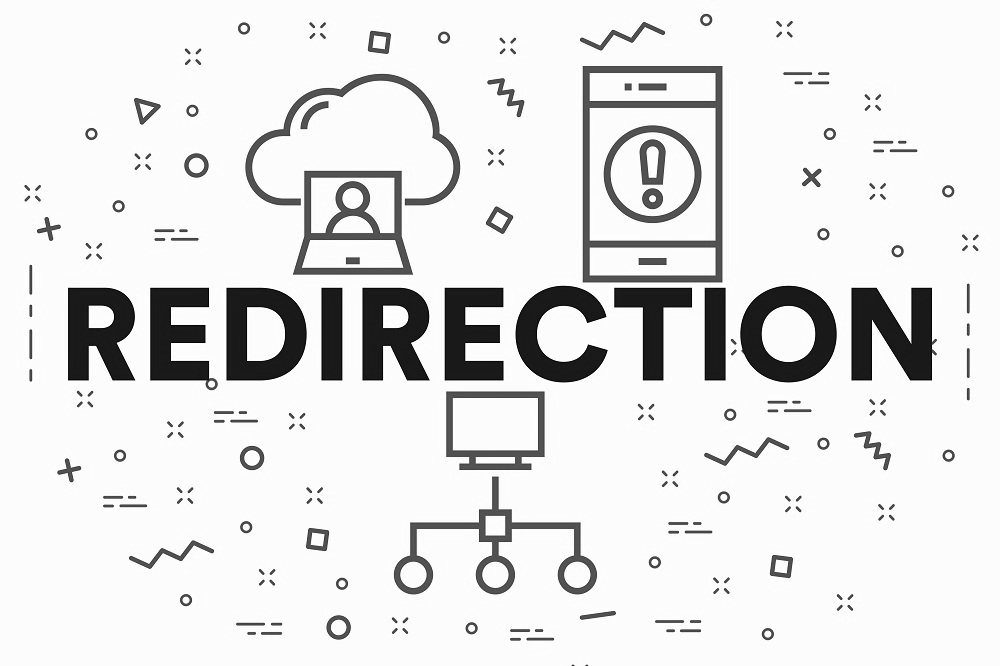
Comparing redirect 301 vs 302
Which Redirect Is Better – 301s or 302s?
Every website needs to remove, change and combine URLs, so redirects are applied. Redirects are crucial as it ensures that users don’t get lost or end up in the dark alley. Redirects even matter in SEO because search engine algorithms make use of links and URLs to define relevancy and ranking.
Backlink quality to which the web page is connected can have a huge effect on SEO because it can help to build the authority of URL. More links pointing to a page signals search engines that the quality is high, so they rank it on top. Nevertheless, when the URL is changed or the page is deleted it can negatively impact the organic traffic.
Impact of redirects on SEO
The effect can be positive or negative depending on several factors. However, redirects offer search engines and users a direction to the destination URL instead of leaving them in a dark alley. If possible maintain link as-is to preserve keyword association and SEO ranking, it has in indexing. A unique page URL is used to identify the page for indexing and if the URL changes it becomes hard for search engine bots to recognize the canonical location.
Websites that rank well for valuable keywords will lose their ranking if they keep 404s. Even the page will be eliminated from the index along with the link juice and traffic volume attached to it. Redirects the URLs to a specific destination page with relevant or closest matching content, so that LSI association and keyword ranking are preserved.
When to use 301 and 302 redirect options?
301 redirect
It is used when the URL or page migrates permanently to a new location. A new URL replaces the old page and this change is visible in search engine results.
A 301 redirect is appropriate when –
- Links of outdated URLs need to be transferred to the desired page.
- Several URLs are used to access, so choose a single one as a canonical and preferred destination for 301 redirects.
- Seamless website migration to a new domain name.
- Migration from HTTP to HTTPS.
301 redirects pass all the link equity to your new page.
302 redirects
It is a temporary status code that directs search engines and users to the desired page but for a limited time until removed.
The best situation to apply 302s is for –
- Receiving feedback from clients on a new URL without damaging site ranking.
- A/B testing for web page design or functionality.
- Broken internal link and you desire to maintain a good user experience.
- Webpage revamps while offering viewers a consistent experience.
Which is better – 301s or 302s?
According to Matt Cutts, 301 redirects don’t cause link equity loss even though some skeptics claim a loss of 15%. The use of 302s will not impact page authority, PageRank, and traffic value. However, the wrong use of 302s can cause a misunderstanding and badly affect search engine visibility.
Each redirect aims to resolve different situations. For permanent change that will help SEO use 301 redirect, which search engine understands. For temporary changes only use 302 redirects because it is easy to create than permanent 301s. Use redirects wisely!

